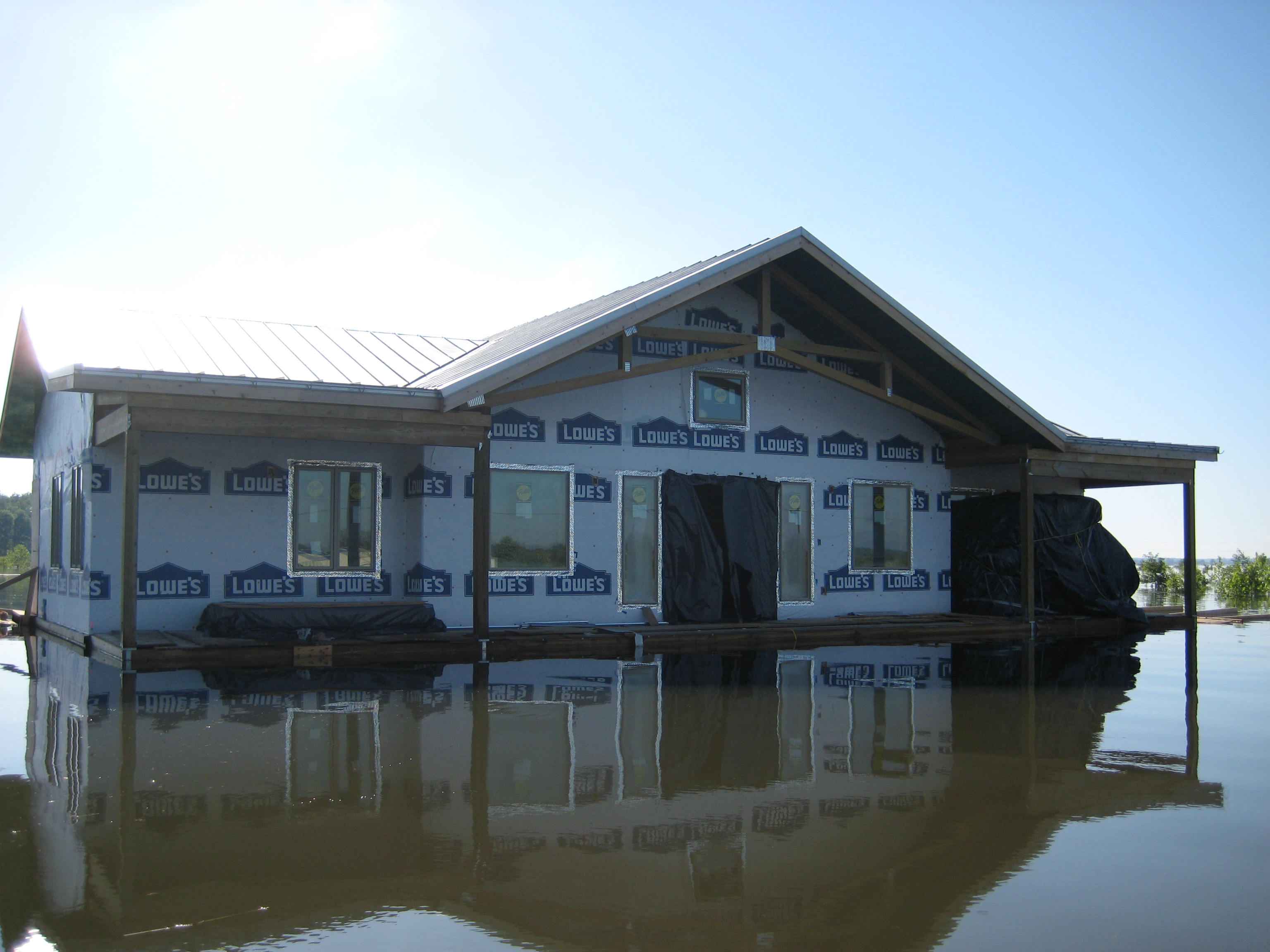- Blog
- Climate & Energy Justice
- Stop subsidizing harmful development
Stop subsidizing harmful development

Donate Now!
Your contribution will benefit Friends of the Earth.
Stay Informed
Thanks for your interest in Friends of the Earth. You can find information about us and get in touch the following ways:
Many of us have driven through coastal communities and looked admiringly at houses nestled close to the water. What we don’t often think about is the fact that many of these houses are built on land that often floods during heavy rains, and that this creates a dangerous situation — for the houses, the people who live there, the neighborhood businesses, the natural landscape, and the area wildlife.
Development in flood zones bordering rivers, oceans and lakes contributes to accelerated erosion that makes beaches disappear faster and endangers the animals that rely on coastal habitats. Roads built in flood zones can collapse when the soil they’re built on is swept away. Flood plain development also subjects people who live and work there to the threat of drowning, especially because even a few inches of water can sweep people off their feet.
The National Oceanic and Atmospheric Administration designated this week as National Flood Insurance Safety Awareness Week, and has reminded people that floods cause more deaths every year than any other weather related event. This year, NOAA adopted the motto “Turn around, and don’t drown” to encourage people not to walk or drive into a flooded area. However, building homes and businesses in flood zones increases the chances that people will have to walk or drive through flood waters, thus working at cross purposes to NOAA’s motto. NOAA’s warnings are important, but the best way to prevent this loss of life and property and damage to the environment is to stop building in these flood-prone areas.
Unfortunately, a Federal Emergency Management Agency program called the National Flood Insurance Program actually encourages people to build homes and businesses in these zones by subsidizing property owners’ flood insurance with taxpayer dollars. Since the program’s inception in 1968, building in flood zones has risen dramatically, spurred by artificially low insurance costs. This has damaged environmentally sensitive areas and has put people in harm’s way.
But this program isn’t just environmentally-destructive and dangerous to people – it’s also a financial disaster. NFIP is $17 billion dollars in debt, largely because the premiums paid by policy-holders are low relative to the level of risk they’re absorbing, and they don’t cover the payments the program makes. This debt will eventually have to be passed on to taxpayers, who have essentially assumed these property-owners’ risk. It’s not surprising that several GAO reports have concluded that NFIP is financially insolvent and must be reformed.
NFIP is up for reauthorization, but because this program endangers humans, harms the environment, and wastes taxpayer dollars, it needs to be reformed and phased out instead.
